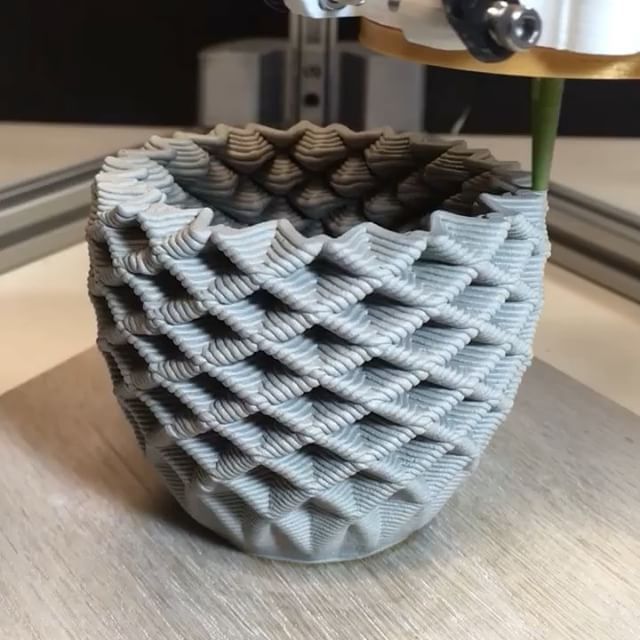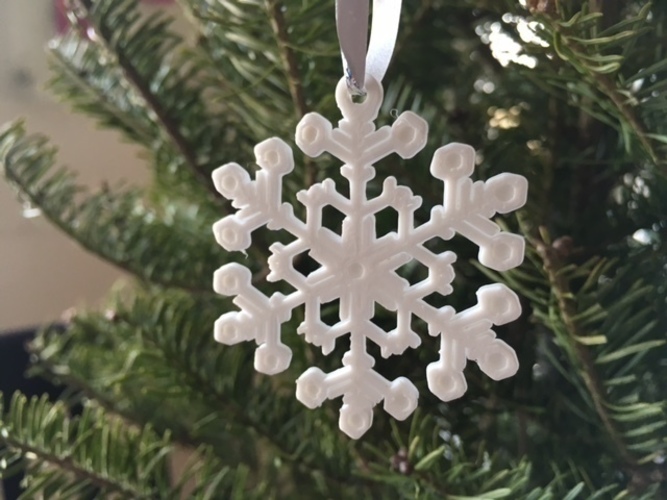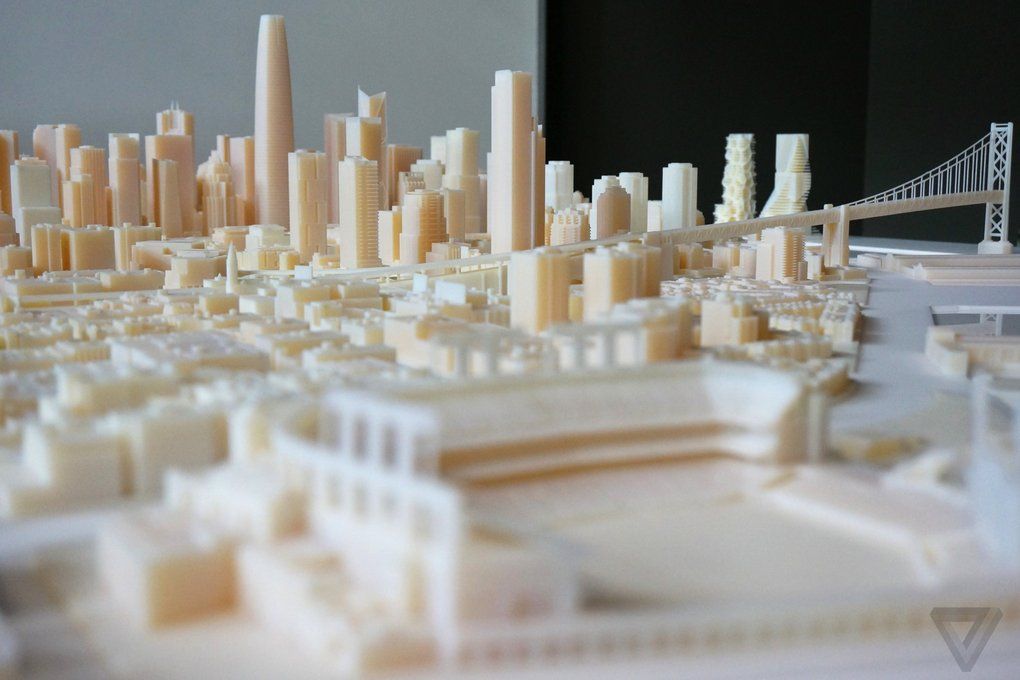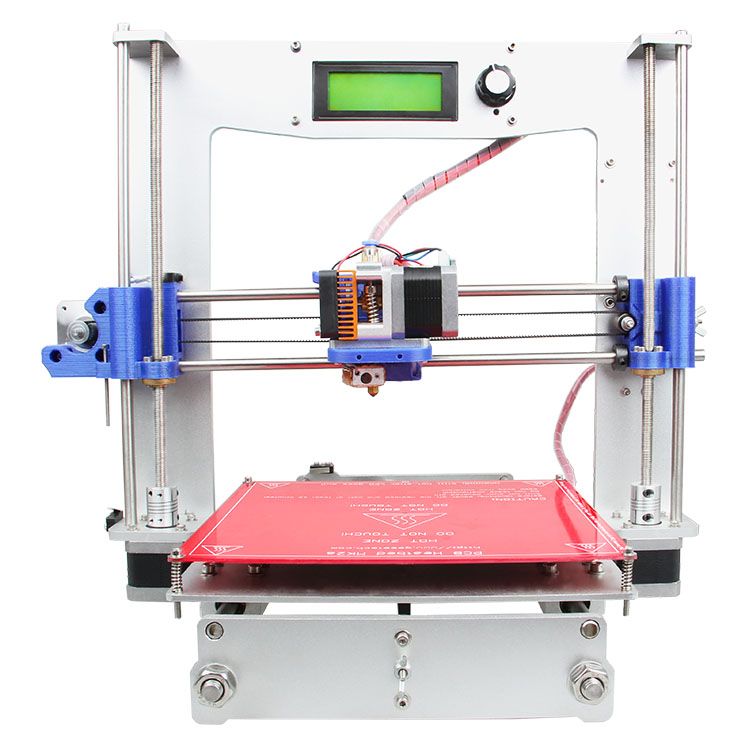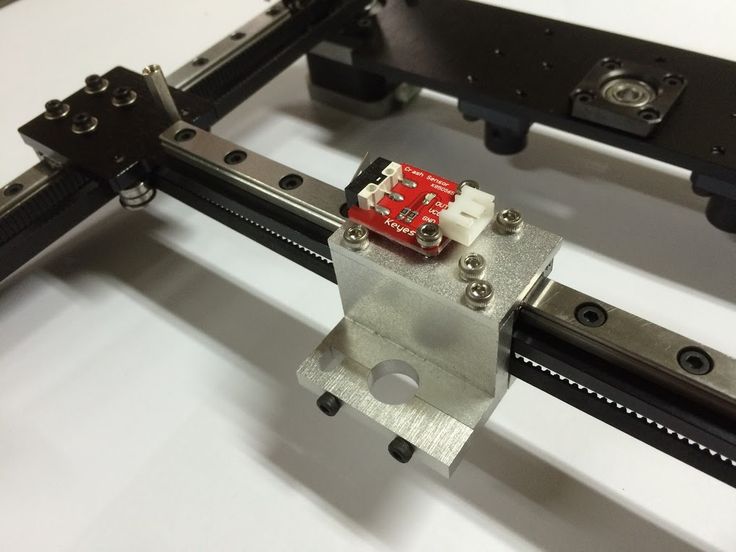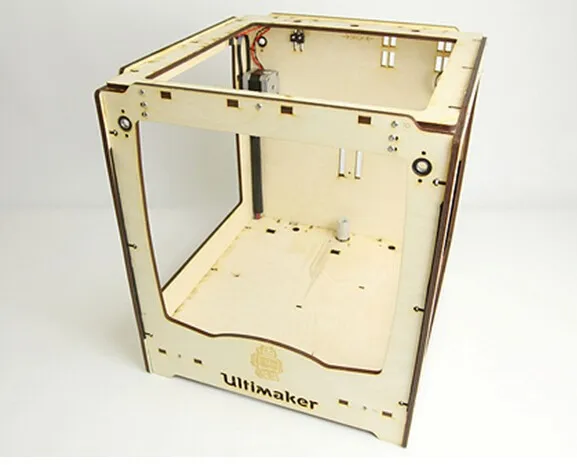How to 3d print cosplay
A GUIDE TO 3D PRINTED COSPLAY
Category 3D Printing
3D printing service has allowed a lot of change in how world produces its materials. A large impact of 3D printing online has been observed in the cosplay industry. Moreover, cosplayers are putting needles and threads behind them and switching to the affordable 3D printing services to give them exquisite designs from their favourite TV shows, movies, and comic books.
Before getting into the steps while 3D printing costumes, let us understand what exactly cosplay means.
What is cosplay?It is the combination of the words- costume and play. It refers to the act of dressing up and pretending to be like your favourite fictional character. This is very different from a childhood fantasy as cosplayers get to show their creativity in making themselves look like a character. Also, they get to display their depth of knowledge into the fandom that they are a part of.
Step 1: Choose what you want to print
The first step is extremely determinant as the cosplayer has to know which character’s clothing they want to print out. This involves a lot of other complicated processes too.
First, they need to know the size of the costume in relation to their own body measurements. Second, they need to know the costume’s desired durability.
Third, cosplayers need to be aware of whether they need an object that is large in size or more intricately detailed. Because large objects need more build areas, they require additional equipment for their printing.
On the other hand, if they are built on a smaller area, they still require more printer parts that suit their model.
Step 2: Pick the right raw materials
Costumes need to look exotic, vibrant, and complex in their characters. So, to achieve precision, cosplayers should consider printing with a variety of materials depending on their costumes.
Many costumes involve colour and aesthetics. So, cosplayers will have to go beyond the usual PLA and ABS to print out these with 3D Printing in India.
A lot of superhero character costumes need materials like metal, wood, and ceramic to achieve the perfect look.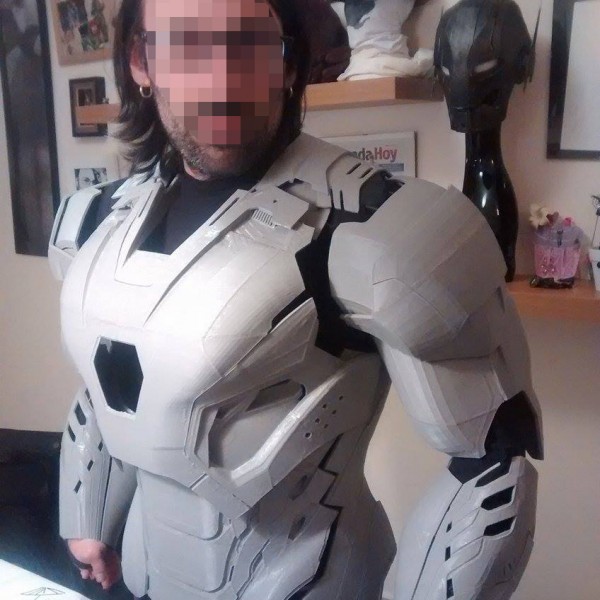
Also, weapons and armours are also very common parts of costumes made with 3D Printing Bangalore. They might need materials like PCL or Polycaprolactone, which is a polymer. They also need metallic finishes and post processes to achieve this look.
Step 3: Consider the build volume
Build volume refers to the size of the platform, or the capacity of the platform that you will be printing your costumes on.
As costumes come in human dimensions, the build volume needs to be large in size in order to fit everything in.
Additionally, a larger space will help you print out your costume in fewer parts with affordable 3D Printing services. As a result, your costume will also have less weak points or deformities.
Step 4: Understand your 3D printer
It is best to have prior experience in online 3D printing services in order to print costumes, as they are complex products. For a beginner, this process of manually setting properties and experimenting with different modes might become too complicated.
For a beginner, this process of manually setting properties and experimenting with different modes might become too complicated.
So, first-time beginners can go for pre-assembled 3D printers that are easy to handle.
Step 5: Set the correct measurements.
Depending on the filament, you will be working with various temperatures and settings for 3D Printing in Bangalore. However, you need to pay special attention to the resolution and printing speed of the printer.
It will decide the quality and intricacy of the print. Also, a slow printing speed is advised in order to gain maximum detailing and minimum faults.
Consider adjusting the nozzle and the printing bed to get better quality 3D print online. The nozzle needs to be positioned at an optimal distance from the bed. And, the bed needs to be level or flat.
Step 6: Make your costume model
Next, you need to make a 3D model of your costume in order to feed it to the printer. There are plenty of software such as 3DX Max and Blender to make your model on.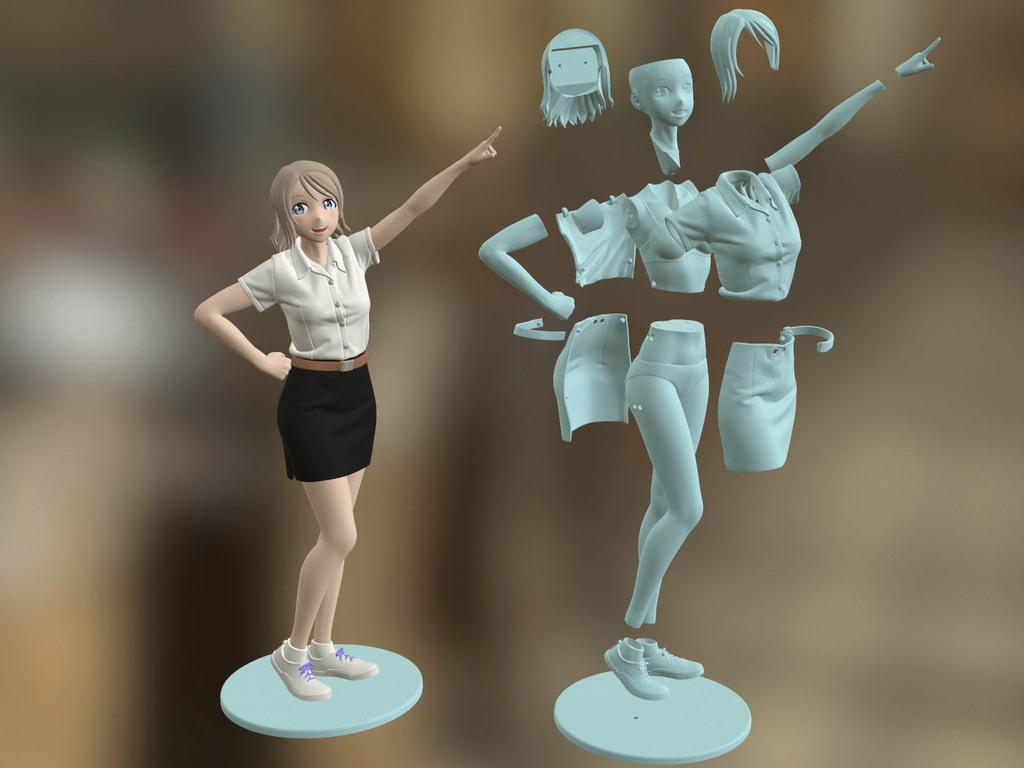 Beginners can learn using various tutorials and online courses.
Beginners can learn using various tutorials and online courses.
Or, you can always buy a 3D model or download a free 3D model online at your convenience.
Step 7: Complete your post processes
It is very necessary to add finishing touches to your costume. Experts recommend using sandpaper to smoothen out any rough areas and seams. Other requirements range from glue, soldering iron, primers, and plenty of paints.
3D Printing Cosplay ItemsWe all know that 3D printing cosplay has become a branch of the 3D printing industry. If you don’t believe it visit one of the Comic-Con events and you will see it for yourself. Gamers all over the world are working on their costumes months before the event dedicated to video games and movies. They only have a couple of days at their disposal to make themselves seen by the entire audience.
Since its inception, the 3D printing cosplay area has seen a great boost and a huge advancement. Only a couple of years ago, the cosplayers would flaunt 3D printed props from video games, movies, and comic books.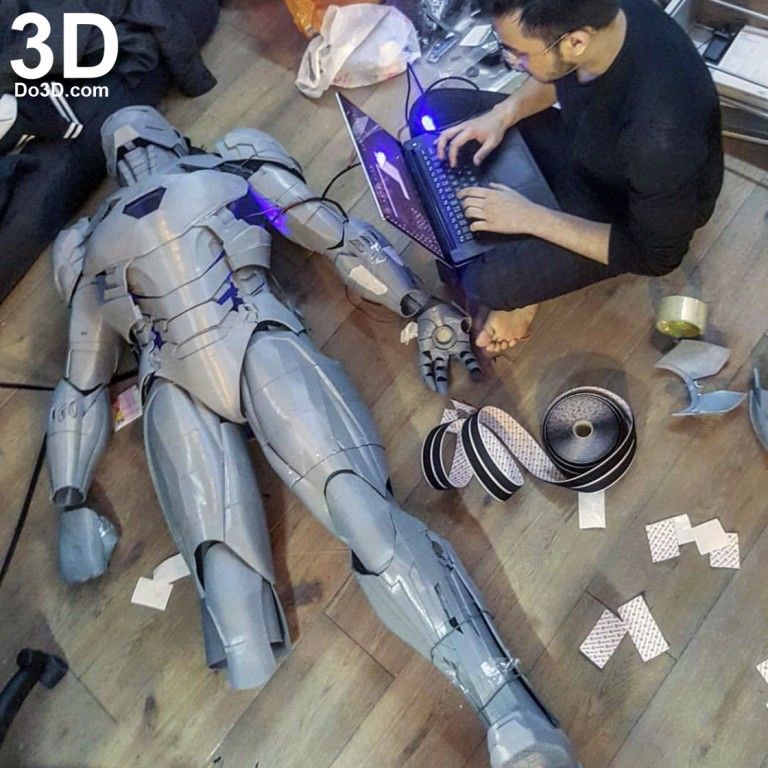 Now, they can recreate entire costumes without blinking.
Now, they can recreate entire costumes without blinking.
To show you how far a human can go when it comes to his 3D printing cosplay outfit, we put together some 3D printed cosplay props and items. Check them out because they are worth every minute and effort invested.
3D Printing Cosplay HelmetsJack Skellington Head
What is it? He is the main protagonist of the movie The Nightmare Before Christmas. The character wears a black-striped suit and a tie resembling a bat.
If you want to walk in the shoes of the patron spirit of Halloween, this mask is exactly what you need.
Where can you get the files? They are stored at MyMiniFactory.
Kylo Ren
What is it? Kylo Ren is the nickname chosen by Ben Solo, the son of Han Solo and Princess Leia. Ben was trained by his uncle, Luke Skywalker to become a Jedi. However, the dark side has appealed more to him and he has turned his back from his family members to follow the path of the Dark Force.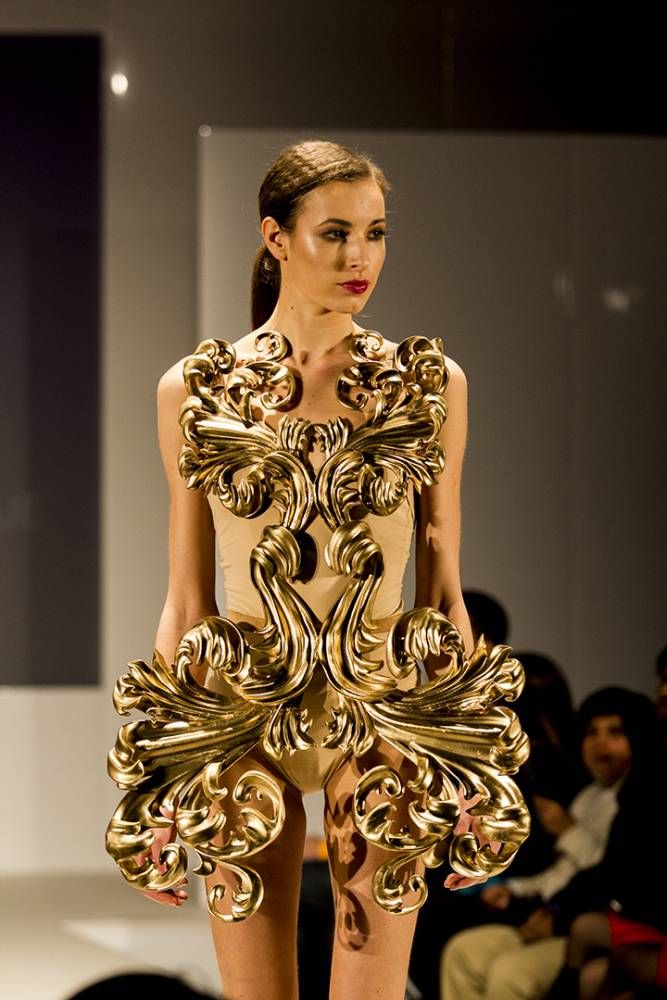 Kylo Ren has also appeared in the most recent Star Wars: The Last Jedi movie.
Kylo Ren has also appeared in the most recent Star Wars: The Last Jedi movie.
Where can you get the files? Get the STL files for the 3D printing online this cosplay mask of Kylo Ren at Thingiverse.
Sith Acolyte
What is it? It is another Star Wars character-inspired mask, perfect for cosplay or Halloween. You can also use it as a trophy that you can display in your room.
Where can you get the files? MyMiniFactory has them.
Stormtrooper Helmet
What is it? It is the helmet of the famous white-suited troopers seen in Star Wars movies. The best thing about 3D printing service is that you can replicate as many as you want and create your own army of Stormtroopers.
But before 3D printing online, a full-size Stormtrooper Helmet, you can practice your 3D printer’s abilities by printing a 3D printing figure of a stormtrooper.
Where can you get the files? Thingiverse is the place to look for them.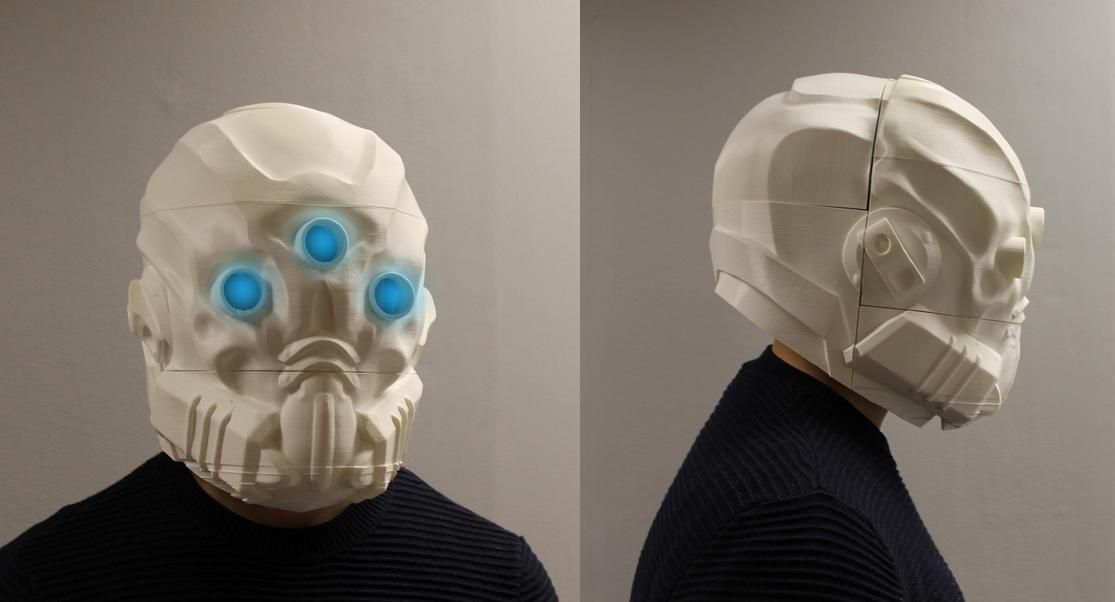
Mr. Potato Head
What is it? Bring back childhood memories by 3D printing and wearing the mask of one of the Toy Story characters. Even if you will not enjoy it, your child will be thrilled to see you rocking it.
Where can you get the files? At Thingiverse.
3D Printing Cosplay WeaponsDestiny 2 – Crimson Hand Cannon Replica
What is it? Are you a Destiny 2 video game fan or not, the replica of the Crimson Hand Cannon will not leave you indifferent to its accurate details and the possibility to use it in cosplay.
There are 22 STL files in total to print but you will get yourself one nice piece of cosplay weapon.
Where can you get the files? The files are available at MyMiniFactory.
Mjolnir
What is it? If you want to impress your lady during the next Halloween, dress up like the God of Thunder – Thor and don’t forget to grab the Mjolnir with you. Ladies really fall for powerful men with red capes ;).
Ladies really fall for powerful men with red capes ;).
Where can you get the files? Look no more. They are available at MyMiniFactory.
Hellsing Gun
What is it? From the Japanese manga series, Hellsing comes this really cool gun. This one will probably be appreciated by those who are familiar with the story and fancy flaunting it at a cosplay event.
Where can you get the files? We looked for them and found them at Thingiverse.
Overwatch Lucio Blaster
What is it? It’s the gun carried by the Overwatch character Lucio. The creator behind this replica promises that this 3D printing prop can become computer-controlled, featuring background music, sounds effects and lights.
Where can you get the files? Get the files at Thingiverse and start building one ASAP.
Destiny 2 The Rat King
What is it? It is a fascinating small gun with interesting effects. And a challenging one to unlock for the computer game players.
And a challenging one to unlock for the computer game players.
Where can you get the files? Again you can turn to Thingiverse for them.
3D Printing Cosplay SuitsIron Man MK6
What is it? It’s the suit worn by one of the most popular movie characters of all time. It’s boring to have only the 3D printed Iron Man helmet. Get in the game and replicate the whole suit.
And if you want your cosplay event to be a success, 3D print online one of these and wear it with style, just like Tony Stark does.
Where can you get the files? They are free and you can get them at Thingiverse.
Fallout 4 Combat Armor
What is it? If you’re tired of superhero stuff, you can always 3D print online, the entire combat armor. And not a simple one, but one inspired by the Fallout video game.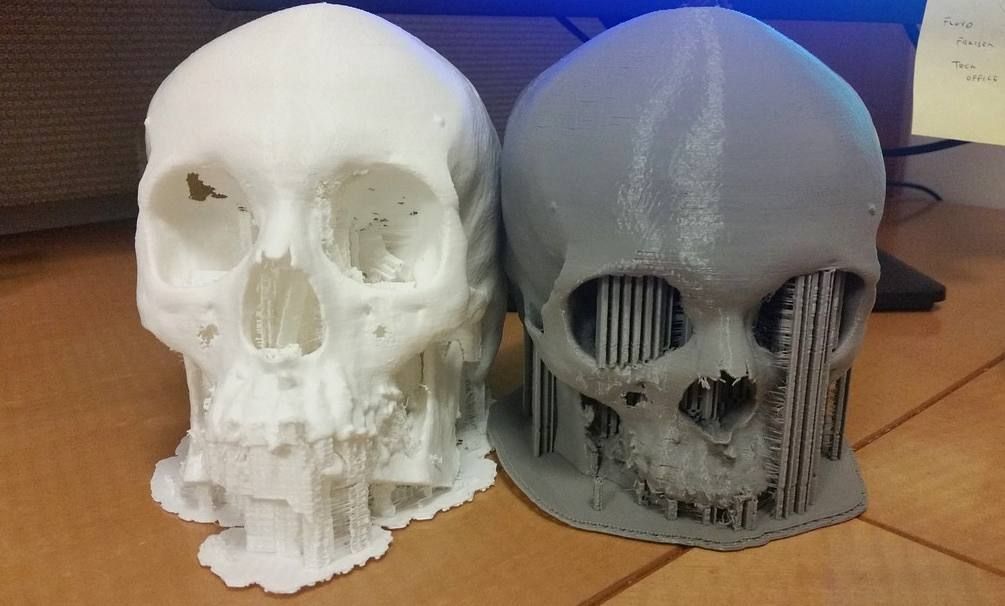
Where can you get the files? At MyMiniFactory.
Exosuit
What is it? It is a wearable machine powered by a system of electric engines. Take the play to the next level by wearing a 3D printed exosuit.
Where can you get the files? Thingiverse has them.
Genji Suit Armor
What is it? It is the replica of the Overwatch character Genji bodysuit armor. A perfect cosplay suit for the Overwatch-die-hard.
Where can you get the files? You can download them for free at Thingiverse.
Sauron Armor
What is it? Sauron is the main antagonist of the J.R.R. Tolkien’s Lord of the Rings. Most of us, however, associate Sauron with the image of “the Eye”. Nevertheless, Sauron was the chief lieutenant of the Dark Lord.
The armor of Sauron depicts all his demonic nature and will make a perfect suit for cosplay.
Where can you get the files? We found them at Thingiverse.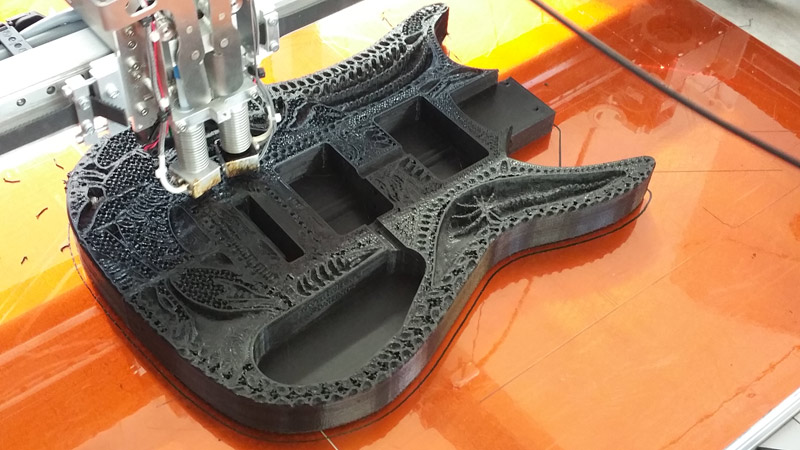
Eowyn’s Sword
What is it? It is the sword with which Eowyn kills one of the Nazguls. Her bravery and fearlessness make her one of the most beloved Lord of the Rings characters.
Where can you get the files? Go to Thingiverse to download them.
Final Fantasy XV – Ignis Scientia Dagger
What is it? It’s the dagger that Ignis Scientia carries in the Final Fantasy XV video game. It is a pretty fresh instalment in the Final Fantasy video game series that will keep you hooked in front of your computer screen to take part in the adventure of the main character.
So now, you can 3D print online the replica of the weapon Ignis carries.
Where can you get the files? MyMiniFactory has them.
Aragorn Sword
What is it? It is the sword with which Isildur cuts the One Ring from Sauron’s hand after it had been broken into pieces by Sauron himself. The sword was then reforged by the elves and carried by Aragorn throughout his journey to defeat the Dark Lord.
The sword was then reforged by the elves and carried by Aragorn throughout his journey to defeat the Dark Lord.
Where can you get the files? At MyMiniFactory, of course.
Halo Energy Sword
What is it? It is the signature Sangheili Energy Sword seen in the Halo video game. The sword expresses the owner’s personal skills and combat viability.
The replica of the energy sword promises to be mind-blowing. You can add led lights inside the blades for additional effects.
Where can you get the files? Head to Thingiverse to get them.
Zelda: Breath of the Wild – Guardian Sword with NeoPixel LEDs
What is it? The Guardian Sword from Zelda: Breath of Life can only be obtained after having defeated a base version of Guardian Scout.
You can replicate the video game sword with the help of 3D printing services in India and add led lights inside the blades for light effects.
Where can you get the files? Thingiverse.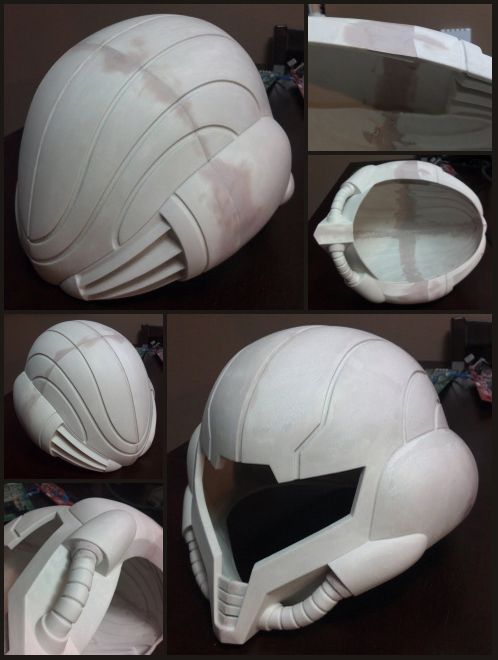
It goes without saying that a good quality printer is necessary for 3D printing online, your ideal costume. So, it is best to consult other cosplayers who have had experience in Online 3D printing India before embarking on this endeavour for the first time.
However, the process of printing out the costume is always fulfilling with online 3D Printing Bangalore due to its flashy and exotic end result.
READ MORE : 3D PRINTING WITH PEI FILAMENT
Tags 3d printing, prototyping
How to 3D Print Armor and Costumes for Cosplay – Clever Creations
3D printing has made it easier than ever to create detailed and accurate cosplay props and costumes to wear. A set of armor for cosplay used to take days to craft by hand, but with a 3D printer, you can create the base for your armor pieces in a matter of hours.
With the wide selection of affordable 3D printers for cosplay available right now, it’s a hobby that almost anyone can pick up.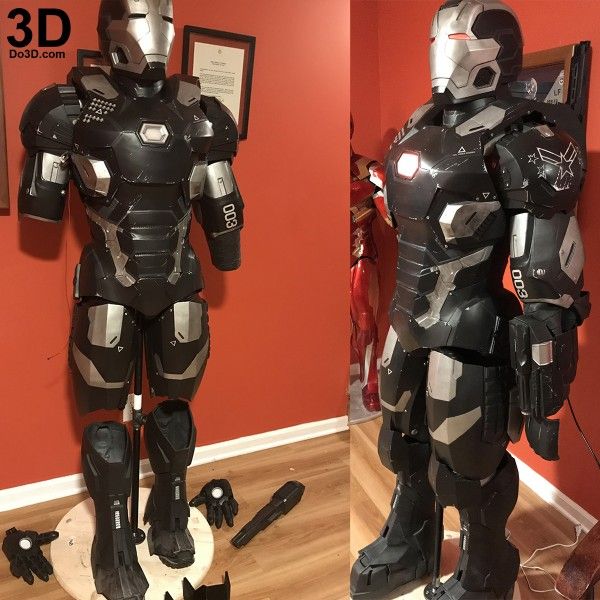 To get you started, we’ll show you how to design or find 3D models of armor, how to 3D print armor, and how to make your finished prints look like professional cosplay props.
To get you started, we’ll show you how to design or find 3D models of armor, how to 3D print armor, and how to make your finished prints look like professional cosplay props.
How to 3D Print Armor: A Comprehensive Guide
Get a 3D model of armor
Before you can 3D print your cosplay armor, you will understandably need a 3D model of a wearable armor set.
Designing armor yourself
The most reliable way to get a set of 3D models of armor is to design them yourself. This will ensure the files are sized properly to your body and look the way you want them to.
Designing 3D models for an armor set requires you to properly size them to your (or the intended wearer’s) body measurements and contour the pieces to your body parts. At the same time, it is key to stay accurate to what you’re trying to represent. No matter if you are trying to design Batman, Stormtrooper, Mandalorian, or other Star Wars cosplay armor, you typically want to make sure it resembles that from the show, movie, or video game.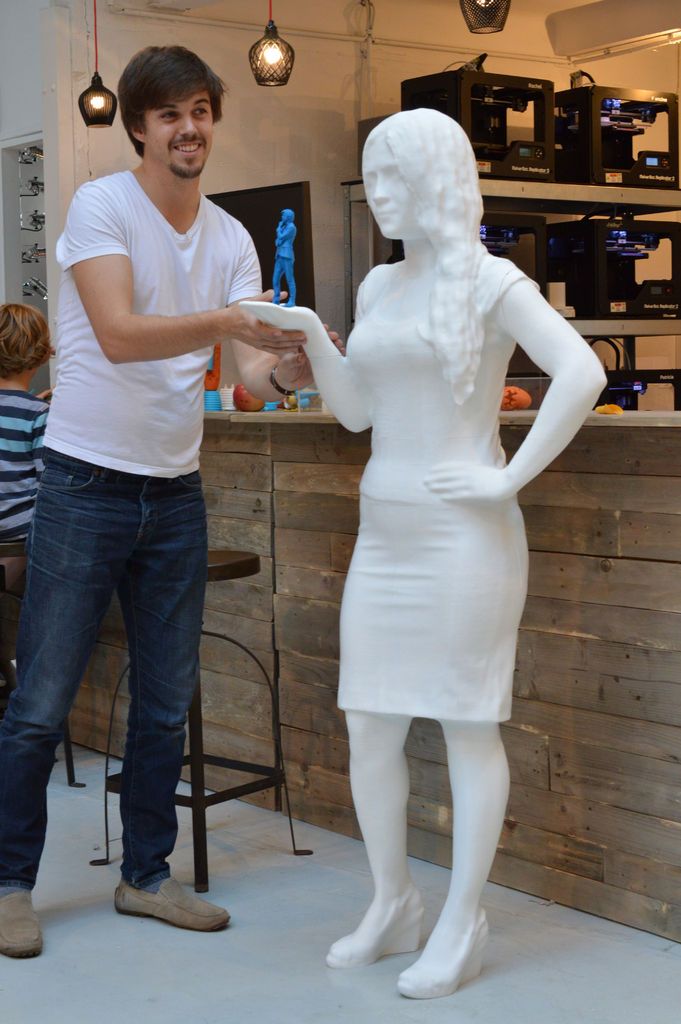
The overall difficulty of such a project depends on your 3D modeling skills and how much detail your armor needs. Luckily there are plenty of learning resources available to help, no matter what (free) 3D modeling software you choose.
Here are a few of our favorite tutorials to get you started, if you choose to design your own 3D printed armor!
Download a 3D model
Downloading a 3D model of armor is much easier than designing it yourself, but it offers you less reliable results.
Since most of the free files uploaded online are from hobbyists trying to share their own projects, the armor pieces are likely sized to their body proportions. You will need to scale them up or down to fit your measurements, which can take some experimentation to get it right.
This Youtube has some great tips for getting a good fit:
There are many websites where you can download free 3D models, but some of our favorites include:
- Thingiverse
- MyMiniMaker
- PrusaPrinters
All models on these sites are submitted by other users. While that does lead to some less-than-stellar designs sometimes, other users will often step in and fix or redesign models that don’t work properly.
While that does lead to some less-than-stellar designs sometimes, other users will often step in and fix or redesign models that don’t work properly.
Our favorite 3D printed armor models
There are countless options for armor sets available on popular 3D model sharing sites. You can find everything, from generic to historical to recreations from pop culture. Here are some of our favorites:
Mandalorian Beskar Armor
For an easy Mandalorian costume, this simple version of the Beskar armor is one of the best options available. This 3D printed armor attaches to your shirt and pants, so there is no need for buckles or straps. It also doesn’t need much fine detail painting, so you can finish the armor off fairly quickly by painting it with a can of spray paint.
- Found on: Thingiverse
- Designed by: Maurice Sizzlac
Halo Master Chief Full-Body Armor
As a full-sized version of Master Chief’s suit from Halo, this 3d printed armor is extra bulky.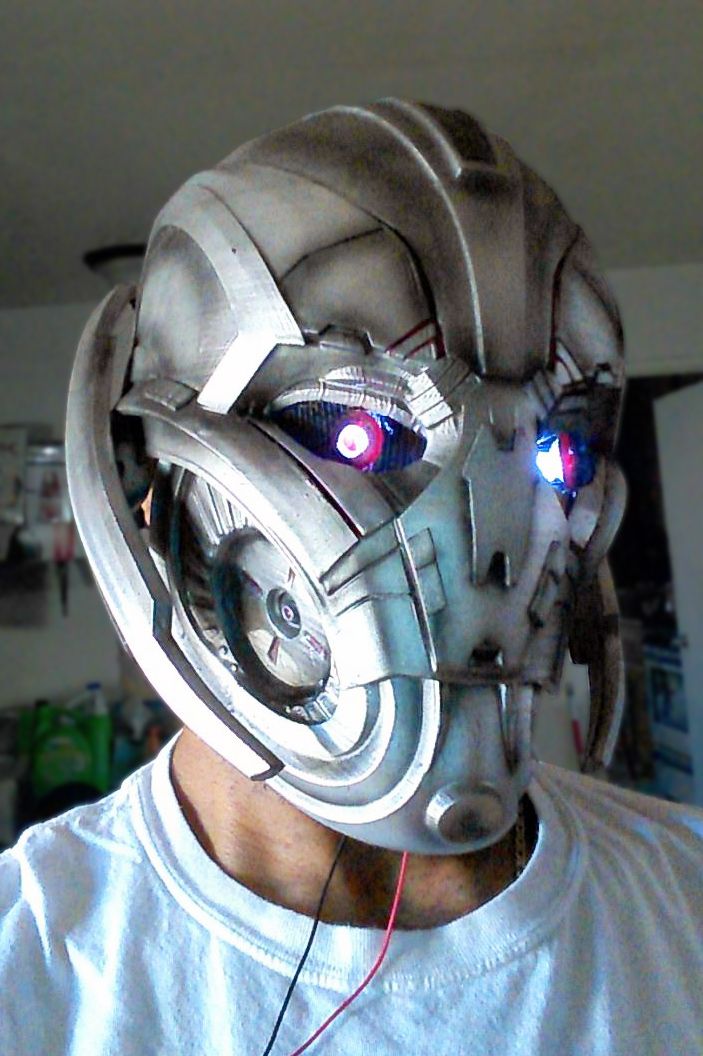 You will need to use a lot more filament for this project than some of the others we have listed and some of the larger pieces will need to be split to fit on your build plate (even with a bigger 3D printer), but the finished look is worth it!
You will need to use a lot more filament for this project than some of the others we have listed and some of the larger pieces will need to be split to fit on your build plate (even with a bigger 3D printer), but the finished look is worth it!
- Found on: Thingiverse
- Designed by: Jason McLachlan
Storm Trooper Armor
You’d be hard-pressed to find a more iconic full-body suit than a Storm Trooper armor, and this particular set pays close attention to detail. As with any Storm Trooper costume, this one will take quite some time to 3D print and finish since it has full-body coverage. You can expedite the process by using faster 3D print settings, as the armor does not have many fine details.
- Found on: Thingiverse
- Designed by: Matthew Snow
Iron Man Mk 6 Suit
With two sets of files to print either War Machine or the MK 6 Iron Man suit, these 3D printed armor sets are versatile and stunningly detailed.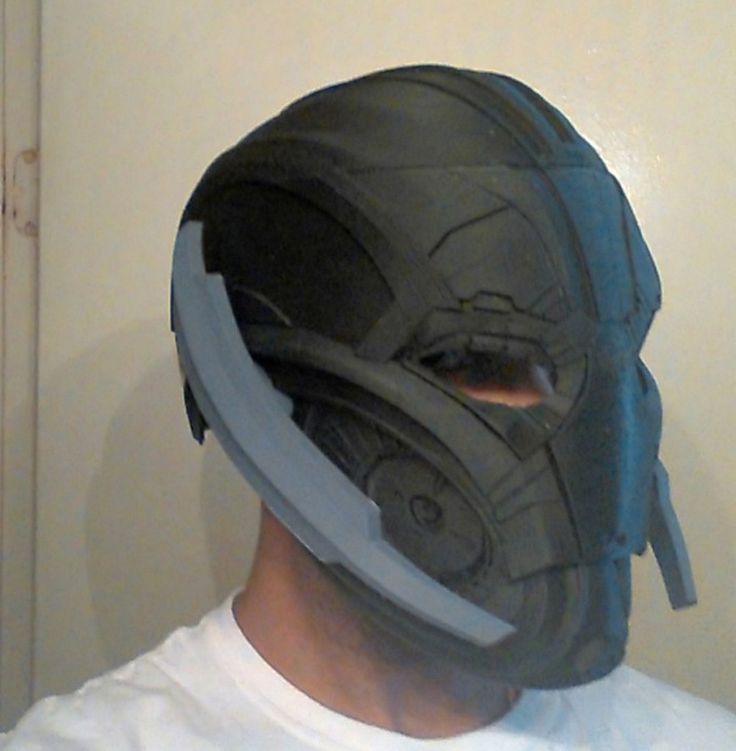 The armor sets are a labor of love to make, especially when you add in the wiring and lighting for the repulsors, but the results speak for themselves.
The armor sets are a labor of love to make, especially when you add in the wiring and lighting for the repulsors, but the results speak for themselves.
- Found on: Thingiverse
- Designed by: Steffan Scholtes
Cat Armor
No one should ride into battle without their cat, and thanks to this 3D model, you won’t have to! Designed specifically for your furry companion(s) to wear, this set of armor is made up of several articulated pieces that strap to the cat’s back. This makes it easier to size and fit the armor to different body types and sizes, so you won’t need to worry about measuring or scaling with this project.
- Found on: Cults3D
- Designed by: PrintThatThing
Preparing your armor for 3D printing
Before you can 3D print your armor pieces, there are a few things you’ll need to do first.
Splitting your models
If your armor pieces are too large for your print bed, you will need to split them into multiple pieces and glue them together once they are finished 3D printing. The easiest way to do this is to use the plane cut tool in your favorite 3D printing software. If you are unsure which software to use for this, Autodesk’s MeshMixer, Slic3r, or Netfabb all support the plane cut feature.
The easiest way to do this is to use the plane cut tool in your favorite 3D printing software. If you are unsure which software to use for this, Autodesk’s MeshMixer, Slic3r, or Netfabb all support the plane cut feature.
For step-by-step instructions for splitting models, we find this video to be of great help:
Generating your GCode
What settings you need to use for your 3D printed armor depends heavily on what 3D printer you have and how you plan to use your finished armor. A few things to consider are:
- Infill: How much infill you use can determine how heavy your finished armor will be (especially with larger models) and how much filament your 3D printer will use to print your armor. Less infill means a lighter finished model and less filament used but your armor will be more fragile. More infill means heavier armor and more durability.
For most uses, you can usually get away with a low percentage of infill (10-20%), but it all depends on what type of movements and stress each piece will be under when worn. If you want to optimize for strength, you can also look at using some of the strongest infill patterns.
If you want to optimize for strength, you can also look at using some of the strongest infill patterns. - Wall thickness: Remember that you will most likely have to sand away some of your outer material, so adding an extra outer layer or two can ensure you have extra material to sand away.
- Supports: You may need to use support material to 3D print your armor depending on the shape of the armor pieces. You can also use a raft or skirt on your 3D printer bed for better adhesion to the build plate. Those tools are especially useful if the object you are 3D printing is asymmetrical or has narrow first layers.
- Layer height: Adjusting the layer height will change how quickly your 3D printer prints your armor pieces, but it will also affect your final print resolution. A smaller layer height means your 3D printer will make shorter (and therefore more) layers to make the model, which means greater detail and less visible layer lines.
 A taller layer height means the opposite, so you will lose detail but spend less time 3D printing. Tall layers are better for large, simple models that you plan to fill in with putty or primer in post-processing (more on that later).
A taller layer height means the opposite, so you will lose detail but spend less time 3D printing. Tall layers are better for large, simple models that you plan to fill in with putty or primer in post-processing (more on that later). - Temperature/flow/speed: Things like bed and extruder temperature, material flow, and nozzle speed all depend on your 3D printer. Go with the settings you know work well with your machine.
If you’re using models you downloaded from a model-sharing website, the designer sometimes lists what 3D printer, slicer, and settings they used. In those cases, it’s best to at least consider their recommendations when generating GCode in your slicer software.
Print your armor
Once your GCode is generated, you can move on to 3D printing your armor. This can be done on almost any 3D printer, but some are better suited to the task than others.
The Prusa i3 MK3S+ is our top choice in printers for creating armor and other cosplay items.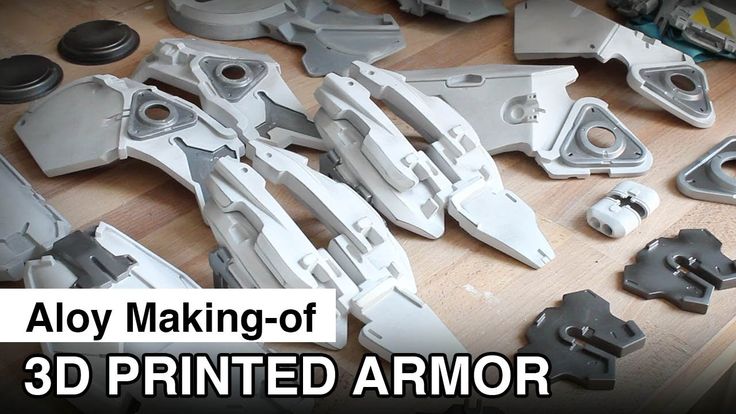 It has a large bed, is highly accurate, has advanced mesh auto-leveling, and offers you a choice between purchasing a fully assembled machine or building it from a kit.
It has a large bed, is highly accurate, has advanced mesh auto-leveling, and offers you a choice between purchasing a fully assembled machine or building it from a kit.
If you want to learn more about the Prusa i3 MK3S+ or see our picks for the best 3D printers for cosplay, we have an entire article that you can check out.
Recommended:
The 6 Best 3D Printers for Cosplay
Finish your armor
Your printed armor pieces are most likely going to need a lot of post-processing work. This is especially true if you are using them to cosplay and want them to look as realistic as possible.
Removing supports
If any of your armor pieces needed supports or rafts to print, you’ll need to remove them before you can do anything else. If this is a step you absolutely dread, it may be worth it to invest in a dual extruder 3D printer that supports PVA. It dissolves in water, so you can just run your model under the faucet to break off the supports.
Assembling the pieces
If you split any models to make them fit on a smaller build plate, you will need to assemble them into one piece by gluing them together with super glue, two-part epoxy, or other strong plastic glues. These are a variety of ways to glue 3D prints, and the adhesive you use will depend on the type of filament that you 3D printed in. For more information you can check out our dedicated article on the subject.
These are a variety of ways to glue 3D prints, and the adhesive you use will depend on the type of filament that you 3D printed in. For more information you can check out our dedicated article on the subject.
Recommended:
How to Glue 3D Prints: The Best Glue for PLA, PETG & ABS
Image: DaDave via Thingiverse
Armor pieces during assemblySanding
Let’s talk about everyone’s least favorite part of post-processing: sanding. It takes a long time and a lot of elbow grease, but sanding is pretty much a requirement of you want a smooth finish on your armor.
The best way to sand a model is to start with a rough-grit paper like 200 to quickly remove the layer lines, and progressively work your way up to using a fine-grit paper like 2000.
You can cut out some of the initial sanding using something like bondo, wood putty, even resin to fill in the layer lines. Then you just have to sand the filler smooth instead of the actual 3D printed surface.
Recommended:
PLA Smoothing: How to Get Perfectly Smooth PLA 3D Prints
Priming
While some people skip this step, we think it’s a pretty important one.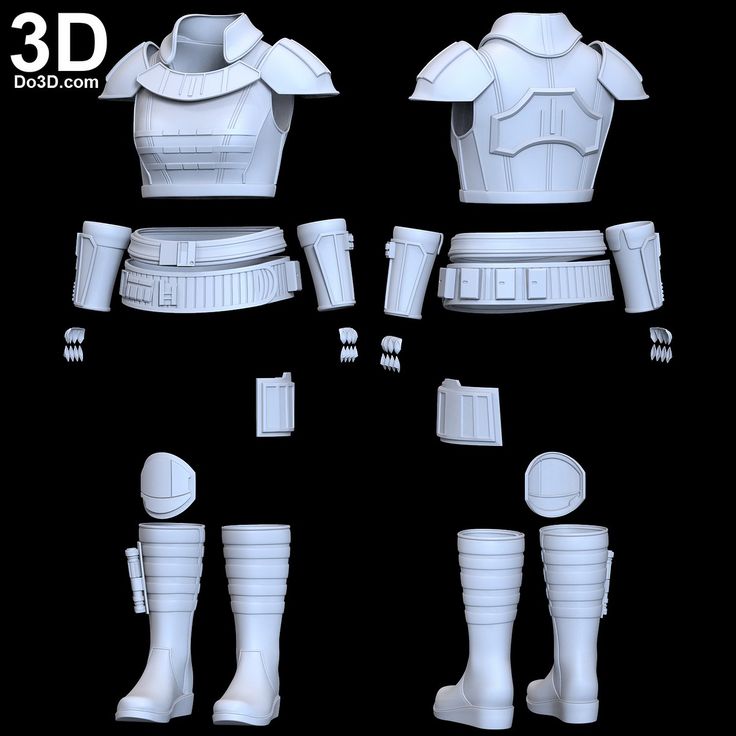 Priming your armor pieces before you paint ensures that you have a good foundation layer for your paint, so you can use less coats to cover your model. You can use a paint and primer combination to ignore this step, but the results vary.
Priming your armor pieces before you paint ensures that you have a good foundation layer for your paint, so you can use less coats to cover your model. You can use a paint and primer combination to ignore this step, but the results vary.
Painting
Once your pieces are smoothed out and primed, you can finally move on to painting them. How involved this process is depends on the armor set you’re making and how detailed you want to be.
If your armor doesn’t have any fine details to recreate, you can usually get away with using a can of spray paint to quickly cover your pieces in an even coat. Filigree and other fine detailing has to be done by hand.
You can also use the painting process to make the armor look damaged, rusted, or otherwise less than perfect. This is good if you want to recreate a look from a certain point (like after a specific fight) in a movie, show, or other type of medium.
Conclusion
3D printing a set of armor takes a lot of time and effort, but it is one of the coolest 3D printing projects you can try. If you are thinking of giving it a shot, you might also want to 3D print a helmet to go with it.
If you are thinking of giving it a shot, you might also want to 3D print a helmet to go with it.
Are you planning to design or print your own armor or costume? What questions do you still have about the process? Let us know in the comments.
90,000 use of a 3D printer for the manufacture of cosplay elements, examples of use07.10.2021
Content
-
- Advantage 3D prints for the manufacture of costume elements 9000
- Making master models
- Rating of the best cosplay printers
- FDM printers
- Photopolymer printers
- Totals
Probably everyone wanted to feel at least for a while in the shoes of their favorite hero. Or briefly be in a fantasy world. Cosplay allows, at least for a while, to plunge into a fictional world with its own laws.
Cosplay should not be confused with role-playing, because cosplay does not imply the development of the character or history of the character.
It focuses on the detailed reproduction of the image of the character to the smallest detail. nine0003
Some people think that cosplay is limited only to curvy girls in skimpy outfits, but this is far from the case. The skill of some cosplayers is amazing. They manage to single-handedly create amazing things with precision and detail that many workshops cannot reproduce.
Terminator suit from Warhammer 40k
A good cosplay is not only an external correspondence to the appearance of the selected character, it is the ability to convey the character and other features of the character (for example, characteristic movements, facial expressions, etc.). At photo shoots, with the help of Photoshop, they try to add the atmosphere of the world to better convey the nuances of the character. nine0003
It is believed that the term Cosplay was coined by Japanese journalist Nobuyuki Takahashi. The word itself is a combination of the initial letters of the word costume (costume) and play (play).

Warhammer 40k universe photoshoot
The advantage of 3D printing for costume elements
Previously, a cosplay costume was literally made from improvised materials. Each, to the best of his skills, available tools and ingenuity, used various, mainly construction, materials to assemble the costume - isolon, glue gun, tourist rugs, etc. nine0003
Now available special materials for the manufacture of parts. The most popular of them is Eva foam.
Eva
Eva is a very convenient material for making a variety of armor. The biggest advantage over other materials is thermoplasticity. When heated, eva easily bends, and after cooling, it keeps its shape. On sale you can find eva foam of various hardness and thickness.
nine0043
Making armor from eva
But there are certain nuances - for the correct cutting of eva, patterns are needed (there are special patterns or patterns for pepakura are redone).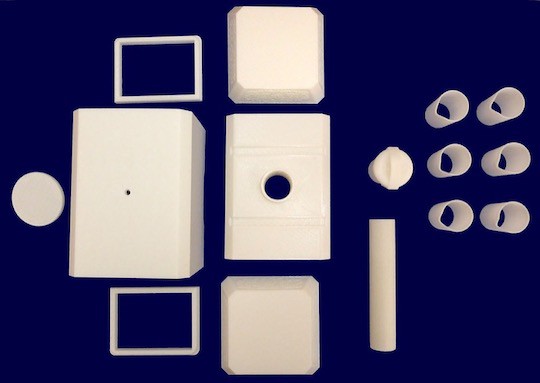 When cutting, it is necessary to take into account the location of the edges and make the cut not straight, but at an angle. Sections, after gluing, must be further processed with sandpaper. The surface of eva is porous, so it is advisable to treat the surface with latex before painting to obtain a smooth surface. For painting and putty, it is desirable to use elastic materials, because eva still remains a little flexible. nine0003
When cutting, it is necessary to take into account the location of the edges and make the cut not straight, but at an angle. Sections, after gluing, must be further processed with sandpaper. The surface of eva is porous, so it is advisable to treat the surface with latex before painting to obtain a smooth surface. For painting and putty, it is desirable to use elastic materials, because eva still remains a little flexible. nine0003
Pepakura
Papercraft - this is the name of patterns (reamers) for the manufacture of various elements from paper.
Not only cosplayers are addicted to papercraft, for some it is enough to glue a paper model for a collection.
Usually pepakura is used as an inexpensive and easy way to make massive armor when there is no way to get eva foam.
First, the paper model is glued together. Paper is usually chosen with a high density to minimize the risk of deformation of the model during further work.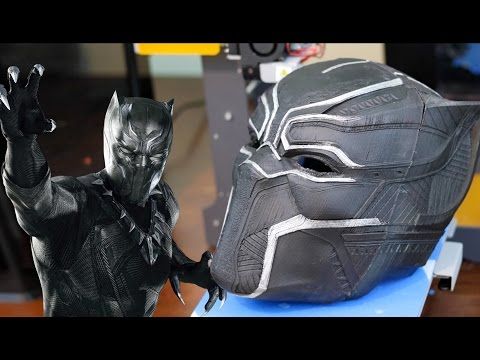 nine0003
nine0003
Finished paper model
After gluing, the model must be strengthened. For this, fiberglass and epoxy resin are usually used. When impregnating a paper model, it is very important to ensure that the geometry of the model does not "lead". Usually epoxy and fiberglass are applied in several layers. Before applying a new layer, it is necessary to wait for the polymerization of the old one, usually it takes 24 hours.
The resulting model is strong, but too angular. Models in papercraft are high-poly and it is necessary to manually smooth out the angularity with putty and sandpaper. After painstakingly removing the surface of the model, it can be painted. nine0003
Left paper model, right after strengthening, processing and painting
Models made by this method are very heavy due to epoxy and putty. And the manufacture of one product takes a lot of time, but this method remains popular because of its availability and low cost.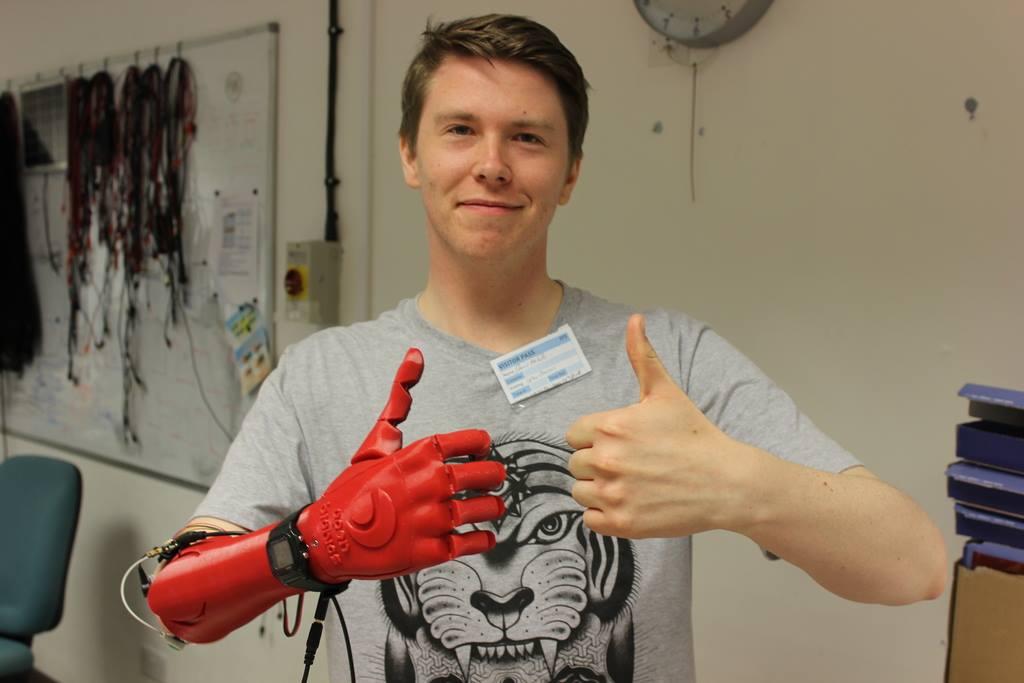 Epoxy can be found in any building market, and fiberglass is easily interchangeable with other materials.
Epoxy can be found in any building market, and fiberglass is easily interchangeable with other materials.
Modeling and casting
This method is suitable when you need to quickly produce many identical parts. A master model is made (for example, from plasticine) and a mold is removed from it using special silicone, into which epoxy, special two-component plastics or polyurethanes can then be poured, depending on what characteristics you need to get in the finished product.
Two-component plastic purity print with metallic powder
To color the finished casting, you can knead the dye into liquid plastic or rub the mold with special powders.
It makes sense to make silicone molds if you need to make many identical elements, it is not advisable to remove the silicone mold for one casting. Silicone is still not cheap and not everywhere you can buy it. In addition, it is necessary to have some skills in silicone and plastic/resin casting in order to minimize the amount of air bubbles and get a quality casting. nine0003
nine0003
Handy materials
And of course, masters know how to use the most unexpected things for cosplay. For example, PVC pipes are often used to make frames for fantasy weapons. Izolon for making feathers for wings, etc.
Acrylic folding knife
Using PVC pipes as a sword frame
3D printing
Using a 3D printer to make a complete costume may not always be advisable due to the high cost. But in the manufacture of elements with complex geometry, small elements or high detail, it can greatly facilitate the task and save a lot of time. A 3D printer becomes indispensable for printing engineering, moving elements. This is very convenient when a seat for all wiring and electronics is immediately included in the model and you don’t have to puzzle over where to place everything after assembly. nine0003
But 3D printing also has its drawbacks. When fabricated on an FDM printer, models must be further processed to obtain a smooth surface. If you print on a photopolymer printer, then the cost of the finished product will be quite high. Large elements of the costume will have to be printed in parts and then glued together.
If you print on a photopolymer printer, then the cost of the finished product will be quite high. Large elements of the costume will have to be printed in parts and then glued together.
Cosplay 3D printer application examples
Whole costume printing
A 3D printer is becoming an indispensable tool for manufacturing geometrically complex suits or, for example, functional elements of armor. nine0003
Iron Man Armor.
Emily Yarid has been modeling, building and refining Iron Man armor since 2013. She initially took it up out of boredom, deciding to upgrade the costume she had.
In the Tony Stark suit, the reactor glows, the helmet automatically closes and opens. On the back there are functional "wings" that open and close.
One of Emily's ready-made costumes
The girl uses a 3D printer to make armor elements. After printing, she processes and paints the details herself.
Printed Armor
Tony Stark Mask
HALO
A user with the nickname mosquitobandito collects full-fledged armor from the HALO universe. nine0003
Armor 3D model
Armor is almost entirely 3D printed. There are a lot of issues that need to be addressed when modeling to keep the armor as mobile as it is in the game.
Shoe cover
Pre-assembly of the upper part of the armor before gluing and processing. nine0047
The armor part is pre-cut into several parts and printed in parts on an FDM printer. After printing, be sure to check how the parts fit together, as the plastic may shrink unevenly.
Treated and painted hand protection
Costume print
Making a full-fledged costume using 3D printing is not always justified. Simple shapes are much faster and cheaper to make from other materials such as eva. nine0003
Simple shapes are much faster and cheaper to make from other materials such as eva. nine0003
But complex parts such as helmets, weapons, armor elements are much more accurate if they are made using 3D printing.
Steam Punk Star Wars Helmet
Hand making all the patterns would take much longer, and it is important to make all the patterns symmetrical. This is a very painstaking work that requires a lot of patience, perseverance and experience. nine0003
Iron Man Steampunk Helmet
Composite weapon
Some elements seem quite simple to manufacture, but it can be very difficult, even with a template, to make symmetrical and smooth bends.
Wolverine Collectible Helmet
Master model making
Sometimes the material with the desired properties is found only among foundry resins and plastics. But to remove the form, you still need a master model.
But to remove the form, you still need a master model.
Epoxy sword casting
It was necessary to make a transparent sword. Epoxy resin is well suited for manufacturing. The master model (except for the rose) was printed on a 3D printer.
Prepared master model nine0003
The sword was printed in half - it is much easier to get a high-quality casting without bubbles. The halves of the sword are still the same and can be glued together. After printing, the surface of the master model was brought to perfect smoothness and primed.
Formwork is being prepared from improvised materials for pouring silicone molds
Preparation of the master model for filling with silicone
A slightly tinted epoxy resin is poured into the resulting mold to give an icy blue tint. After casting, 2 halves can be glued together with the same epoxy. nine0003
The result is a stunning sword, as if carved from ice. Such an effect would be difficult to achieve using other materials.
Such an effect would be difficult to achieve using other materials.
Finished casting
Finished Epoxy Sword
Rating of the best cosplay printers
FDM printers
FDM technology for making cosplay has its pros and cons. nine0003
Pros:
-
Large build area. Some printer models can print an entire full-size helmet.
-
Inexpensive consumables. The cost of a plastic thread (filament) is still much cheaper than consumables for other technologies.
-
A wide selection of different materials. You can find a filament for any task - from engineering to decorative. nine0003
Minuses:
Creality3D Ender 6 (build kit)
Creality3D Ender 6
Specifications:
Print technology: FDM/FFF
Working area size: 250x250x400 mm
Number of extruders: 1
Closed Camera: Yes
Heated table: Yes nine0003
Plastic type: ABS, ABS+, PLA, PLA+, PETG, Flex, Nylon (Nylon), ASA, Carbon, Decorative plastics, others
Inexpensive printer for a beginner who knows how to handle tools.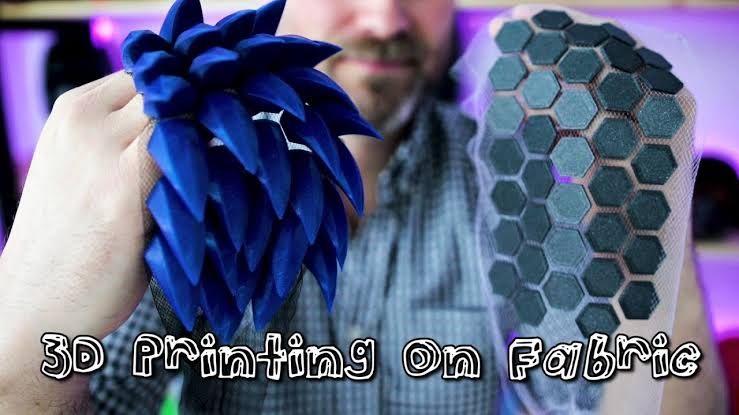 Supplied as an assembly kit. A large build area will allow you to print large parts in their entirety, and the version with a closed body can print with any, even engineering, plastics.
Supplied as an assembly kit. A large build area will allow you to print large parts in their entirety, and the version with a closed body can print with any, even engineering, plastics.
FlyingBear Ghost 5 3D printer (assembly kit)
nine0043
Flying Bear Ghost 5
Specifications:
Print technology: FDM/FFF
Working area size: 255x210x200 mm
Number of extruders: 1
Closed chamber: No (but there is an option to purchase)
Heated table: Yes
Plastic type: ABS, ABS+, PLA, PLA+, PETG, Flex, Nylon (Nylon), ASA, Carbon, Decorative plastics, others nine0003
A very popular device due to its affordable price. It is sold as a kit kit (for self-assembly), but thanks to the detailed instructions and a huge number of video guides, assembly should not be a problem.
The huge fan base of FlyingBear Ghost 5 makes it easy to find ready-made upgrades and add-ons for the printer. This device is perfect for those who like to experiment and learn something new.
This device is perfect for those who like to experiment and learn something new.
Wanhao Duplicator 6 Plus
Specifications:
Print technology: FDM/FFF
Working area size: 200*200*180mm
Number of extruders: 1
Max. extruder temperature: 260 degrees
Closed Camera: Yes
Heated table: Yes
Plastic type: ABS, ABS+, PLA, PLA+, PETG, Flex, Nylon (Nylon), ASA, Carbon, Decorative plastics, others nine0003
Wanhao Duplicator 6 Plus is a reliable workhorse for those who do not want to delve into all the nuances of a 3D printer. Available in 2 versions - with a closed case and not. It is better to immediately purchase a printer with a closed housing so that there are no problems with printing engineering plastics such as ABS, Nylon, etc.
Raise3D Pro2
Raise3D Pro2
Specifications: nine0003
Print technology: FDM/FFF
Working area size: 305x305x300 mm - when printing with the 1st extruder;
280x305x300 mm - when printing with 2 extruders
Number of extruders: 2
Max. extruder temperature: 300 degrees
extruder temperature: 300 degrees
Closed Camera: Yes
Heated table: Yes
Plastic type: ABS, ABS+, PLA, PLA+, PETG, Flex, Nylon (Nylon), ASA, Carbon, Decorative plastics, others nine0003
This is already a serious device with a large print area and 2 extruders for printing complex models. Raise3D Pro2 can be a great help in a small workshop for making decorations and cosplay.
Photopolymer printers
Photopolymer printing is not yet so common for making large items due to expensive consumables, but Western cosplayers have already appreciated the advantages of photopolymer printers for printing small items. nine0003
Pros:
-
The ideal surface of the finished model.
-
Amazing detail that is impossible to get on FDM printers.
-
Large selection of resins. You can get an optically transparent model.
Minuses:
Anycubic Photon Mono
nine0043
Anycubic Photon Mono
Specifications:
LCD display resolution: 2560x1620 (2K)
XY Positioning Accuracy: 0. 051mm
051mm
UV wavelength: 405 nm
Working area size: 130x80x165 mm
Layer thickness: 0.01-0.15mm
Affordable photopolymer machine with a small print area. Suitable for making small items. nine0003
Phrozen Sonic Mighty 4K
Phrozen Sonic Mighty 4K
Specifications:
LCD resolution: 9.3" 4K Mono LCD
XY positioning accuracy: 52 microns
UV wavelength: 405 nm
Working area size: 200x125x220 mm
Layer thickness: 0.01-0.3mm
The Phrozen Sonic Mighty 4K is a professional 3D printer with a large print area and a 4k monochrome sensor. This allows you to quickly receive finished products with amazing accuracy. nine0003
Phrozen Sonic MEGA 8K
Phrozen Sonic MEGA 8K
Specifications:
LCD resolution: 15" 8K Mono LCD
XY Positioning Accuracy: 43 µm
UV wavelength: 405 nm
Working area size: 330 x 185 x 400 mm
Layer thickness: 0.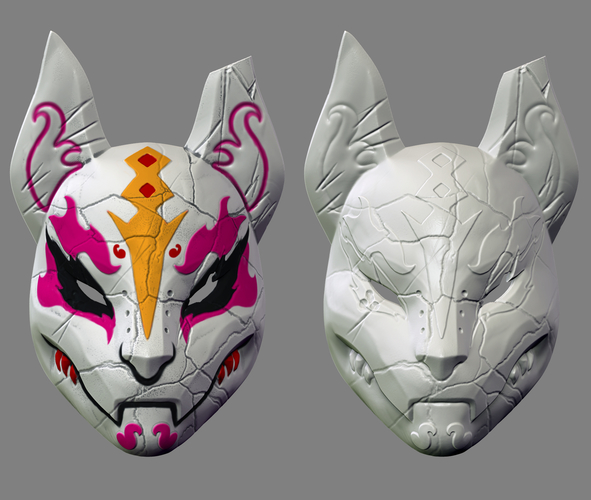 01-0.3mm
01-0.3mm
A professional 3D printer with a huge (by the standards of photopolymer printers) printable area. Perfectly fit into the workshop for the manufacture of various props. nine0003
Totals
Making cosplay requires a creative approach and solving various problems. After all, it is not at all easy to transfer into reality what is implemented in a film or game using computer graphics.
3D printing, due to its flexibility and versatility, can speed up and simplify the production of various costume elements. A 3D printer can help you get better quality stuff, even for beginners.
For workshops, a 3D printer can become an indispensable assistant in the manufacture of complex, movable costumes with movable elements. A big plus can be the ability to make an almost exact copy of any costume or its element at any time. nine0003
Free Shipping
Add to compare
Product added to compare Go
| Manufacturer | Phrozen
Free Shipping
Add to compare
Product added to compare Go
| Manufacturer | Anycubic |
Free Shipping
Add to compare
Product added to compare Go
| Manufacturer | Creality |
Free Shipping
Add to compare
Product added to compare Go
| Manufacturer | nine0554 Phrozen
Free Shipping
Add to compare
Product added to compare Go
| Manufacturer | Raise3D |
Free Shipping
Add to compare
Product added to compare Go
| Manufacturer | Wanhao |
Add to compare
Product added to compare Go
| Manufacturer | Flyingbear |
#Application
Expert in additive technologies and 3D printing with over 5 years of experience.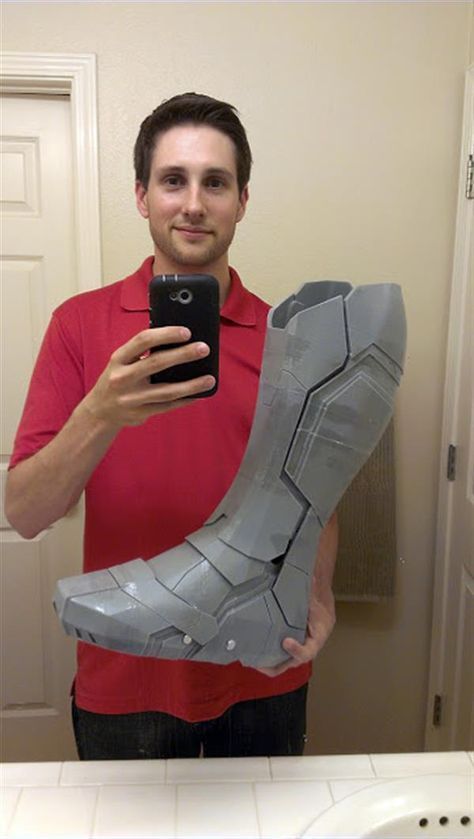
Share
all materials
3D printed cosplay
05/28/2020
The art of transforming into your favorite characters gave rise to a whole movement, the so-called "cosplay". With the development of technology, the images of heroes are becoming more and more complex, and in order to recreate such costumes, one sewing machine is no longer enough. Today, cosplay fans around the world use 3D modeling and 3D printing technologies to adapt intricate designs from movies and video games.
In the west, the cosplay movement is incredibly popular. Participants from different cities attend conventions in outfits, armor, futuristic costumes and the most unusual images, turning events into a real celebration. In Russia, cosplay is less developed, but the skill of 3D artists is very much appreciated by the Western audience. nine0003
What do you need to create a copy of a hero skin?
First of all, of course, you need a 3D model of the costume and all its attributes. Given the popularity of the direction, on the Internet you can find many ready-made models on paid and free resources. But the most valuable are unique costumes. Therefore, the experience of 3D modeling and knowledge of programs is a huge plus.
Given the popularity of the direction, on the Internet you can find many ready-made models on paid and free resources. But the most valuable are unique costumes. Therefore, the experience of 3D modeling and knowledge of programs is a huge plus.
The next step is to adapt the costume to a specific person, taking into account height and parameters. Individual props should fit like a glove. nine0003
Having files of all parts of the costume of the required size, you can proceed to 3D printing.
Choosing the best 3D printer for printing props, you need to determine the size, design complexity and materials for future products. It depends on what parameters a 3D printer should have.
- Printable area size.
As a general rule, a cosplay 3D printer requires a large build area because you will be printing the parts to wear. The fewer seams there are on the suit, the stronger and more durable it will turn out.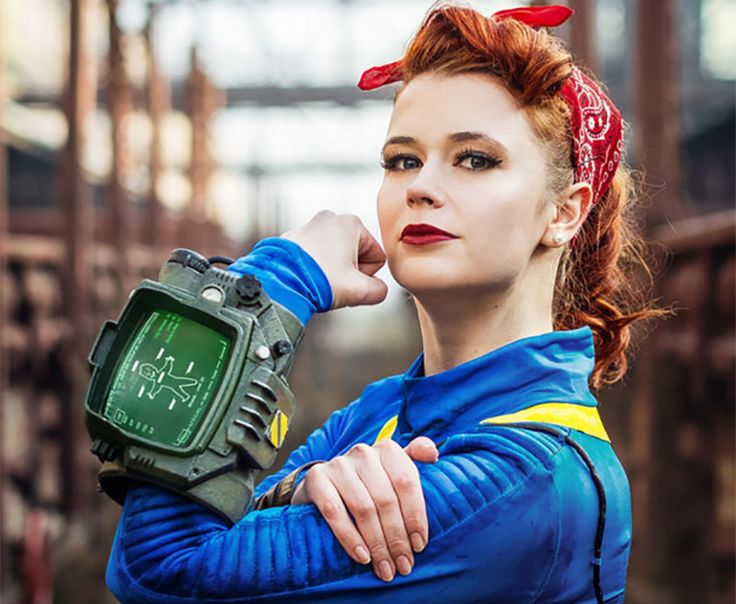 nine0003
nine0003
- Materials.
The ability to use decorative plastics, luminous threads or metal will make the costume more realistic and bright.
- And of course, print speed.
Print speed is very important when you are printing large objects. Even with a fast printer, printing a whole image will take a lot of time, so if you can use not one, but two devices, this will greatly speed up the process. nine0003
Which models are worth paying attention to?
The 3D printer Wanhao Duplicator i3 v 2.1 will do an excellent job of printing small parts of complex shape.
It is easy to work with and has already won the love of 3D makers all over the world. Despite its compact size, the printer is quite powerful and has established itself as a reliable workhorse. Can print with any plastics with heating temperature up to 240°C. Layer thickness from 0.


